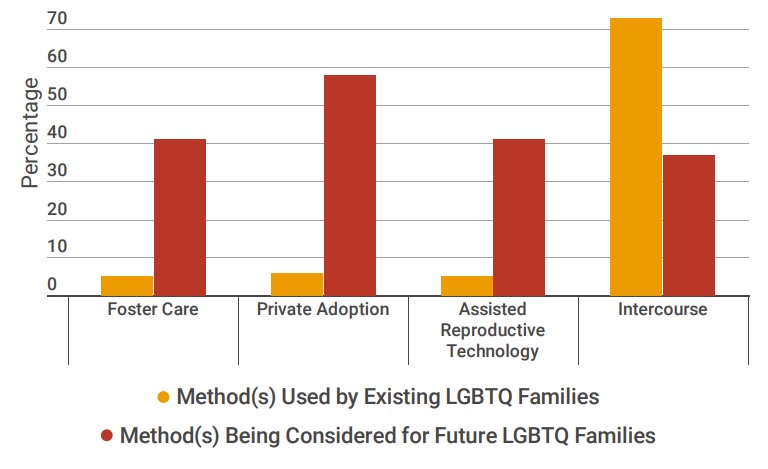Why Employers Should Care
As companies make progress in improving equity, diversity and inclusion (EDI) in their workplaces, HR and Benefits teams are modernizing benefits to meet the needs of their diverse workforces. However, closing the gaps that may exist in benefit offerings for LGBTQ+ groups may not be as simple as adding a specific program. LGBTQ+ people face broad and unique challenges in navigating the health care system, which is not always equipped to address their needs. In addition, they may face gaps or lack of adequate coverage for specific procedures – an example being gender affirmation coverage. While providing such coverage and making comprehensive enough is the right step employers can take, ensuring that the health care system can adequately meet the health care needs of their members is a separate challenge requiring stakeholder collaboration.
How such benefits are spoken about matters as well. Many family-forming benefits are filled with antiquated terms (e.g., infertility, which is not applicable for single individuals and LGBTQ+ couples) and ideology (e.g., these benefits are for women only). Nonetheless, the uptake of these family-forming benefits is increasing as LGBTQ+ couples are looking to use fertility services to bring children into their lives (see Figure 1).1
On the global front, HIV/AIDS continues to have a huge impact on the LGBTQ+ population. Here, too, there are significant gaps in coverage. For example, employers will find HIV/AIDS exclusions for medical, life and disability coverage. In some countries, being LGBTQ+ is illegal, while other countries may not provide LGBTQ+ competent health care in the national plans.
What Employers Can Do

Employers are reviewing their benefits from a holistic viewpoint and looking at how different life events (e.g., family-forming) impact employees medically, financially and emotionally regardless of age, gender, race, sexual orientation, gender identity and marital status. Companies with equity as a key pillar of their benefits strategy are working on global solutions and understanding local gaps and challenges.
Developing an inclusive benefits design requires engaging several stakeholders:
- HR and Benefits teams are collaborating with their EDI teams to build out their inclusive benefit design.
- Employers are working with LGBTQ+ employee resource groups (ERGs) to identify gaps in benefits and ensure that benefit communications are inclusive.
- As part of the RFP process, employers should seek to identify vendor partners who stress inclusive benefits as part of their strategy and vision and can assist a diverse workforce in navigating to the relevant services that meet their needs.
Here are a few examples of employer efforts at LGBTQ+ inclusive benefit design:
- Ensure that provider directories are regularly updated with information relevant to members seeking in-network clinicians with LGBTQ+ health care competency.
- Evaluate if high-quality providers are in-network and/or accessible to the LGBTQ+ population.
- Consider implementing Centers of Excellence (COEs) for transgender health needs.
- Implement same-gender partner coverage in markets where it is not provided by the national health plan.
- Incorporate gender neutral language in parental leave to reflect diverse family needs (i.e., trans men can become pregnant depending on where they are on their transition).
- Provide LGBTQ+ health care navigation services either in-house or via vendor.
- Build online training modules to support transgender employees and their managers’ needs related to gender transition (i.e., gender affirmation journey) in the workplace.
- Work with brokers and captives to remove HIV/AIDS exclusions and other plan exclusions discriminatory to the LGBTQ+ community.
For members of Business Group on Health, there are additional relevant resources:
- LGBTQ+ Inclusive Benefits and Employer Challenges
- A Closer Look at the Evolution of Inclusive and Equitable Transgender Benefits and Policies
References
- 1 | Family Equality. LGBTQ family building survey. 2019. Available at: https://www.familyequality.org/fbs. Accessed June 2, 2021.
